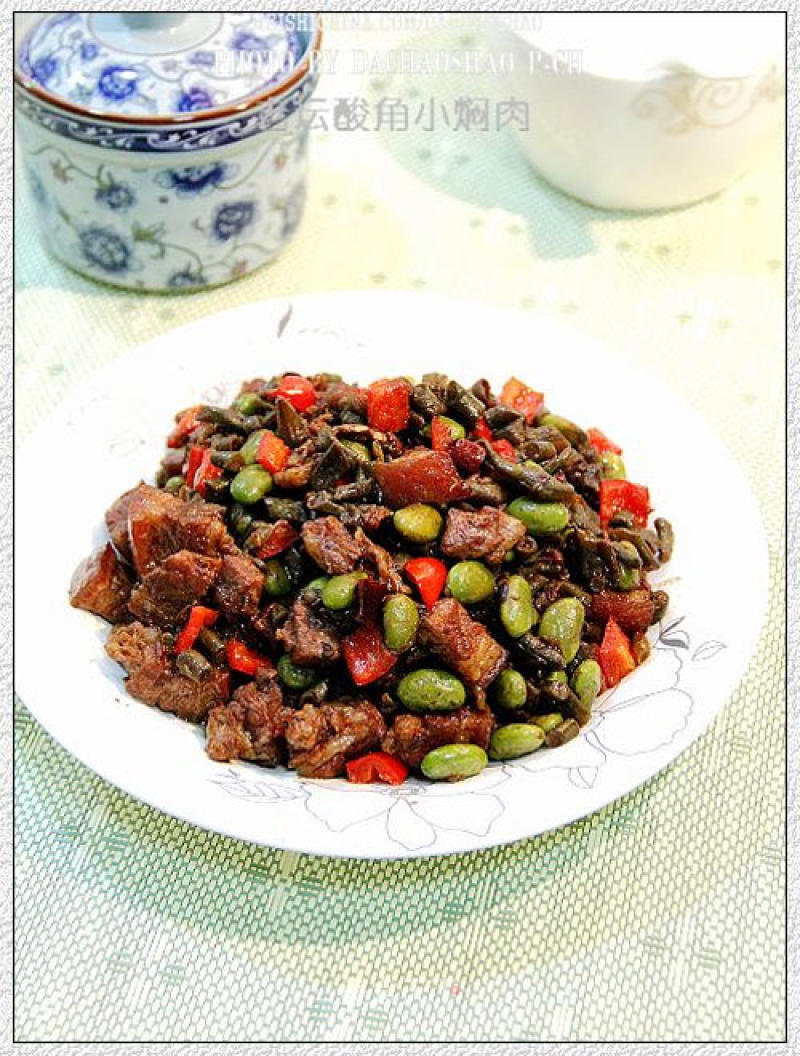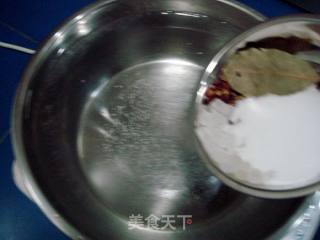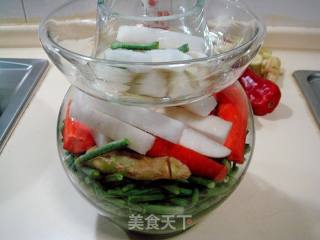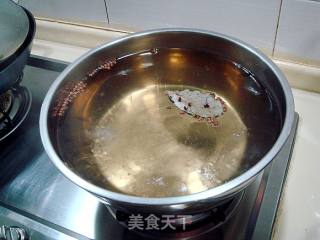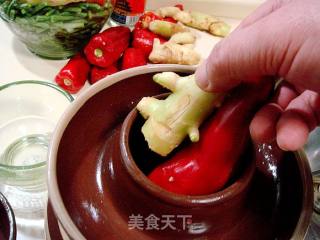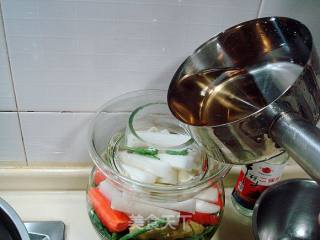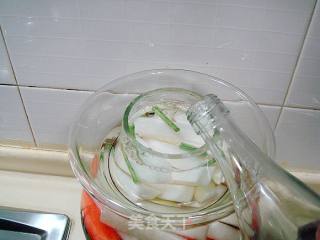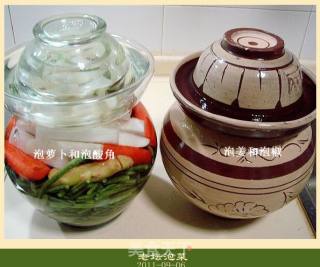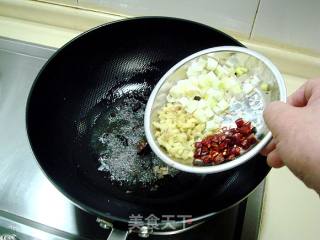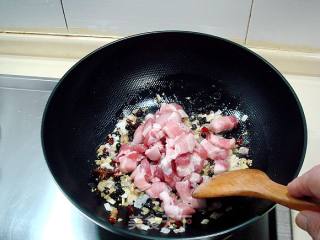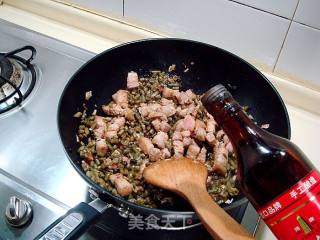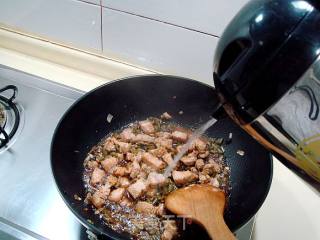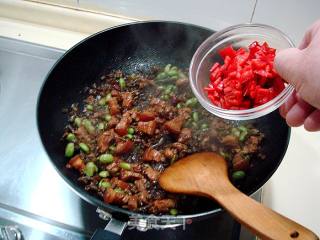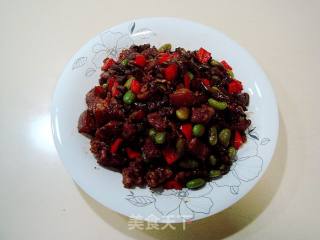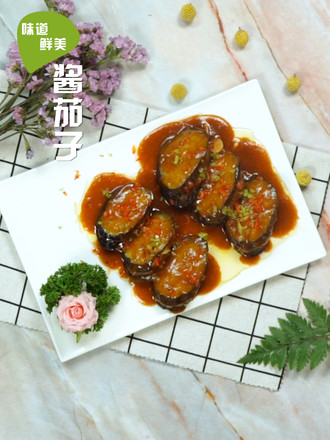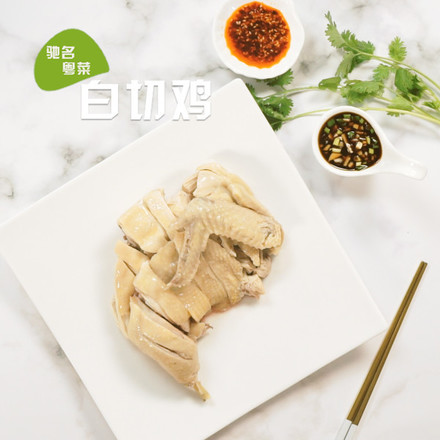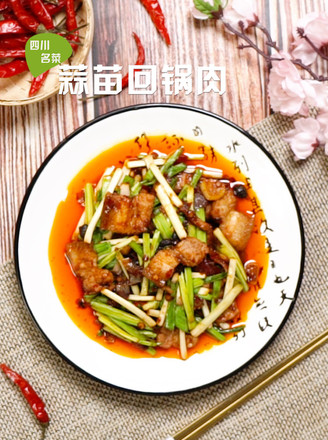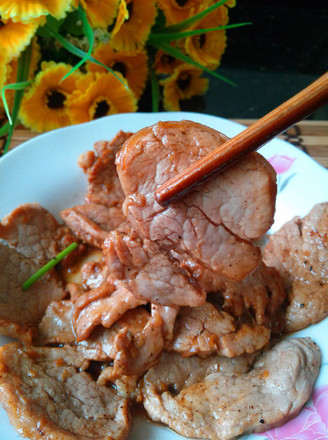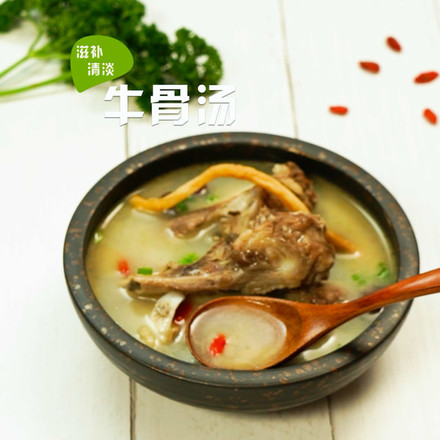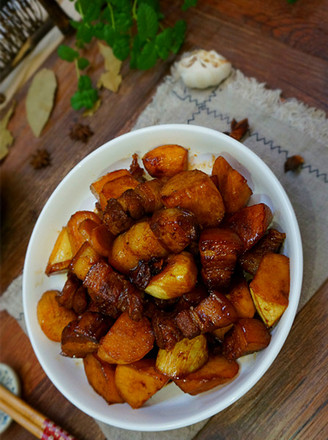Homemade Laotan Kimchi "laotan Tamarind Braised Pork"
by Large frying spoon
Favorite
Difficulty
Easy
Time
15m
Serving
2
When the weather is dry, I like to eat some strong-flavored dishes. Recently, there are more Sichuan-style dishes, so I ran out of pickled peppers, pickled ginger, and pickles at home. I would like to take this opportunity to make some "kimchi" to introduce to everyone. Let's discuss and exchange our experience.
The raw materials for making Sichuan "Kimchi" are quite wide. Many hard vegetables are basically acceptable. For leafy vegetables, cabbage is best used. After soaking, sprinkle some chili oil on it and eat it directly. It tastes salty, fresh, sour and spicy. Some large sauerkraut, it is also very good to make sauerkraut fish. This time I didn't use cabbage, mainly to make some pickled peppers and pickled ginger as seasonings, and soaked some other things by the way. The main methods of making "kimchi" at home are as follows;"
The raw materials for making Sichuan "Kimchi" are quite wide. Many hard vegetables are basically acceptable. For leafy vegetables, cabbage is best used. After soaking, sprinkle some chili oil on it and eat it directly. It tastes salty, fresh, sour and spicy. Some large sauerkraut, it is also very good to make sauerkraut fish. This time I didn't use cabbage, mainly to make some pickled peppers and pickled ginger as seasonings, and soaked some other things by the way. The main methods of making "kimchi" at home are as follows;"

